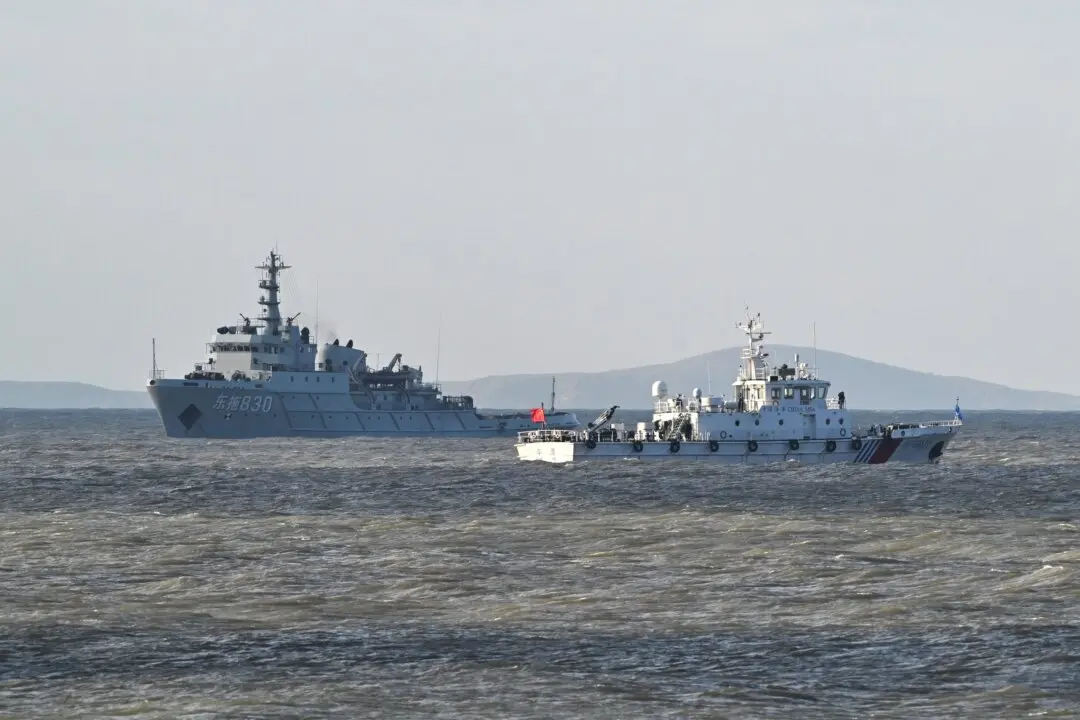India is set to install ground stations for satellite communications in five neighboring countries, a diplomatic move designed to counter China’s influence in the region, according to Indian media.
The five countries are Bhutan, Nepal, Maldives, Bangladesh, and Sri Lanka, according to a Jan. 3 article by India’s English-language daily newspaper The Times of India. Each country will host one large ground station equipped with 7.5-meter antennas, as well as 100 “very small aperture terminals” (VSAT), making possible applications such as television broadcasting, telephony, internet connection, and disaster management.





